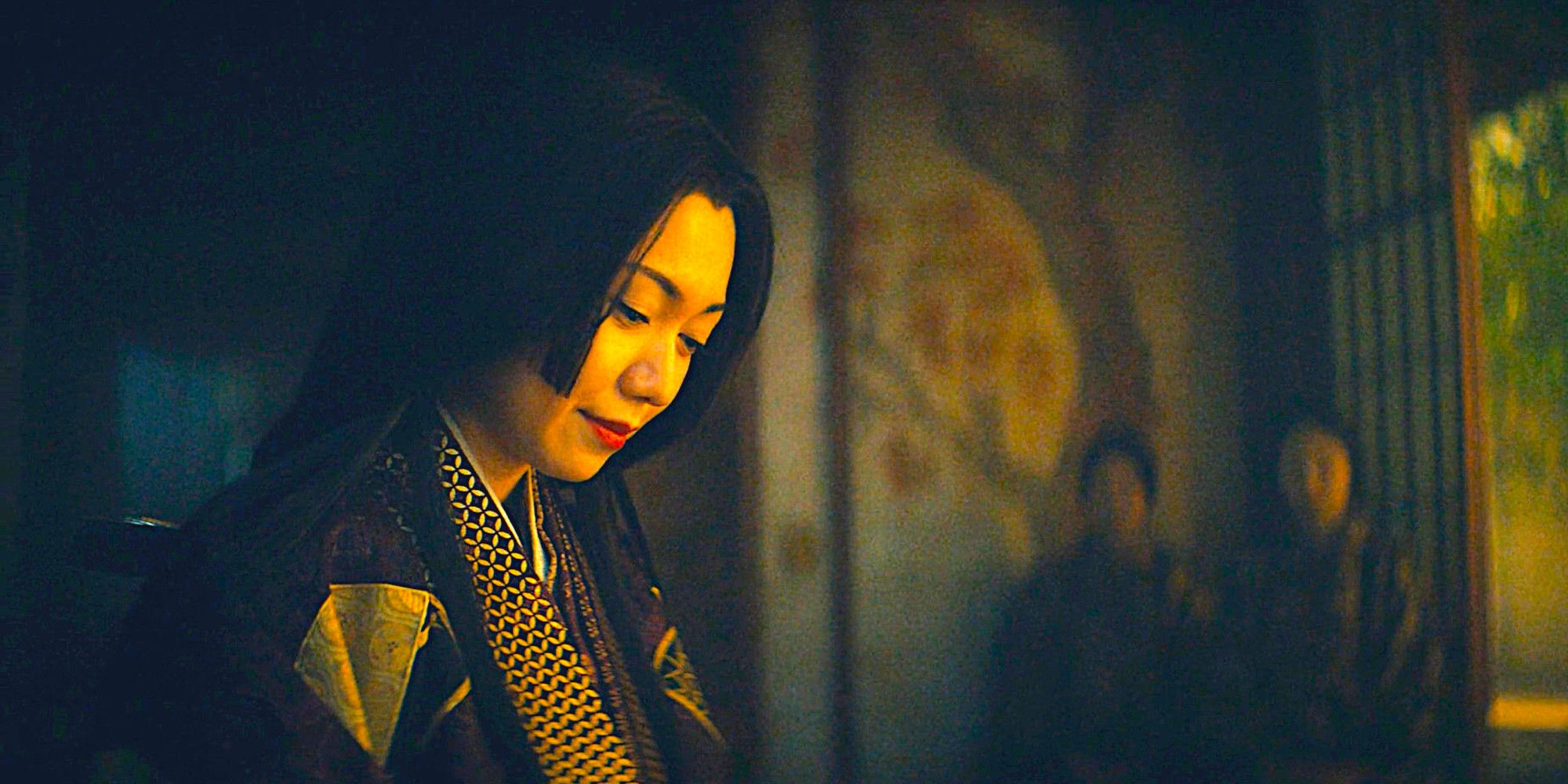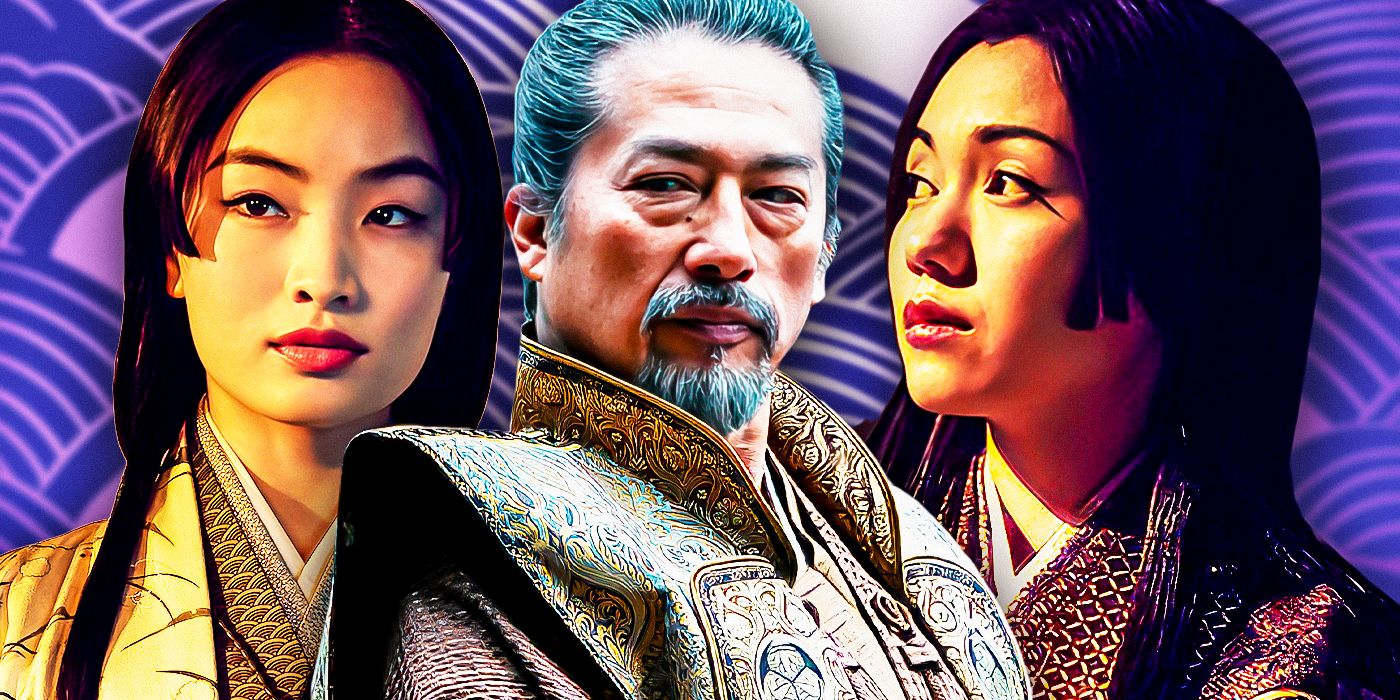The Shōgun series finale’s historical accuracy is assessed by a historian, who answers whether Ochiba no Kata’s letter to Toranaga was real.

The Shōgun series finale’s historical accuracy is assessed by a historian, who answers whether Ochiba no Kata’s letter was real. Mariko played her part in Toranaga’s grand designs by sacrificing herself in Osaka castle during the Shōgun episode 9 climax. The full ramifications of that action play out in the dramatic final season 1 episode, as Mariko’s old friend Ochiba sends a letter to Toranaga telling him that the Heir is withdrawing his support from Ishido, leaving the scheming warlord to fight in the coming war without a banner.
Toranaga’s plans indeed succeeded thanks to Ochiba’s action in Shōgun episode 10, a circumstance that has real historical parallels, as explained by a historian in an appearance on the official Shōgun podcast (via FX Networks). Professor and Shōgun historical advisor Frederik Cryns addressed the meaning of Ochiba no Kata’s decision, and revealed that the character’s real life inspiration, Yodo no Kata, wrote a similar letter to the real Toranaga. Check out his remarks below (around 17:35 of the clip):
Of course it’s fiction. It is different. But as a whole, you had Mitsunari, our Ishido, could get a coalition together of warlords, especially the members of the Council of Regents. He did that by a lot of plotting and deception. So the unity of the coalition was not very great. It really started to crumble as soon as hostilities started. So it really resembles what we did on the show.
And Yodo no Kata also, she– eventually she didn’t side with Mitsunari. The letter of Ochiba no Kata does exist. So real life Yodo no Kata also sent a letter to Ieyasu that Mitsunari was plotting.
Why Ochiba No Kata’s Letter Was So Important To Toranaga

Toranaga’s intricate plan to undermine Ishido’s position ultimately depended entirely on Ochiba no Kata, the real power behind Ishido. Toranaga’s assumption was that, once Mariko appeared in Osaka and played out her role, mother of the Heir Ochiba would see the dishonor of continuing to support Ishido, and withdraw her sanction. Without the Heir behind Ishido’s army, his war against Toranaga became unlawful, guaranteeing that the other lords would also refuse to fight, thereby taking away Ishido’s advantage.
Toranaga may have been rolling the dice with his Mariko move, but it turned out to be the right play in the end, as Ochiba’s childhood bond with Mariko was indeed still alive. The arrival of Ochiba’s letter via Toranaga’s freed consorts gave the lord great relief, as he knew then that Mariko’s sacrifice was not in vain. The great bonfire that Mariko lit by her words and deeds in Shōgun burned away the last of Ishido’s advantage, giving Toranaga a great victory, and propelling him toward his ultimate goal of restoring the shogunate and bringing unity to Japan.





